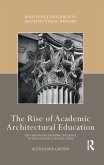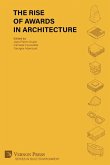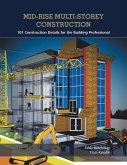Modern architecture is a creation of the West. In a non-Western context, it normally reflects a direct intervention of Western powers through colonization. Thailand, formerly known as Siam, is an exception. Thai people have argued that they adopted and assimilated modern architecture into their unique cultural tradition without being physically colonized. The shift toward Western culture and Modernity is evident in 19th and 20th century Thai architecture, particularly in the capitol city of Bangkok. Major public buildings signify the country's domestic political circumstances, its Westernization and Modernization processes, in addition to the discourse of colonialism and anti-colonialism. Many of the best-known works resulted in hybrids between European and Siamese design characteristics. They hold more importance than simply stylistic developments, and in essence show a manifestation of social and political awareness, as well as national and cultural identity known as Thainess or khwampenthai. This dissertation examines the evolution of Western and Modern architecture in Siam and Thailand. It illustrates how various architectural ideas have contributed to the physical design and spatial configuration of places associated with negotiation and allocation of political power, which are throne halls, parliaments, and government and civic structures since the 1850s. In order to advance multi-cultural and cross-cultural studies, the buildings are investigated for their social, political, economic and cultural signification, considering the issues of cultural borrowing, appropriation and transformation, national and cultural identity, socio-political authority, as well as the native's resistance and reconciliation to the process of colonization.
Hinweis: Dieser Artikel kann nur an eine deutsche Lieferadresse ausgeliefert werden.
Hinweis: Dieser Artikel kann nur an eine deutsche Lieferadresse ausgeliefert werden.








